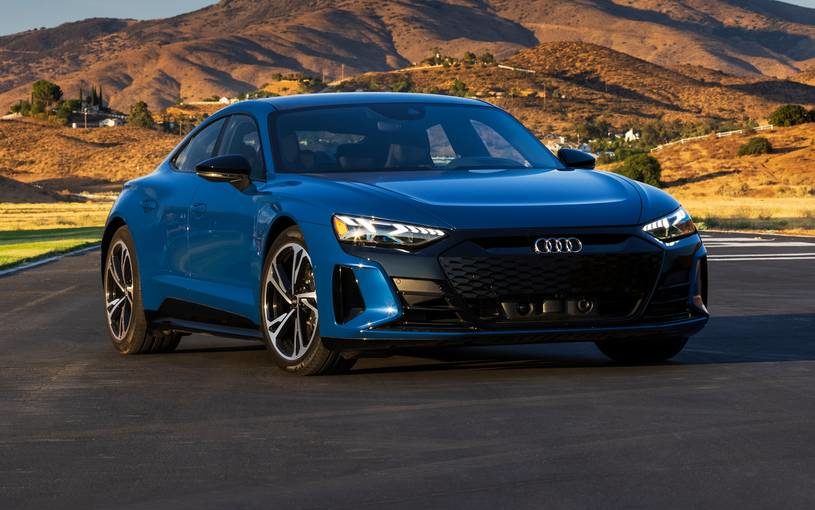As Wikipedia indicates, let’s run it up the flagpole and see if anyone salutes is a catchphrase that became popular in the US in the late 1950s and early 1960s. It means “to present an idea tentatively and see whether it receives a favorable reaction.” It originally meant what it said, but it is now considered a cliché. It is sometimes used seriously, but more often it is used humorously, with the intention that it be recognized as both hackneyed and outdated. A non-joking equivalent would be “to send up a trial balloon.” If it gains the desired reaction, perhaps it might become a reality, but any observant person today will recognize that it is a deception.
In most cases, it is being used to buy some time … to appear innovative and helpful, while trying to decide whether you are really for it or against it. The reason I am blogging about this is because the latest buzz over future EVs has pushed way beyond anything realistic … it is all hype and positioning. Judge for yourself. Watch the new Audi ideas for the EV of the future:
Don’t get me wrong … I love this car idea and can’t wait till the time it becomes available … but … and this is a big but, I have an 8 year old Tesla Model S that has self-driving features, but they are still far from truly operational. I was picking up one of our clients at the airport in it and commented that sometime in the future I might be able to just send my car to pick her up. That would be a very cool feature.
Yes, there are cities now experimenting with autonomous taxis, and I believe that is a smart idea for “short hops” kind of like an electric bus we see at airports that just makes a repeated loop. On one level, these small steps toward autonomy make perfect business sense. But it is a huge leap to fully autonomous vehicles. I like the idea of 18 wheelers transporting goods between warehouses, and especially within shipping ports. These are all in play right now, and I don’t find them misleading.
What I object to is the corporate grandstanding to out-position their competitors. Aspirational ideas are wonderful, but these promises of future vehicles are flat out misleading.
Do you remember when Tesla introduced the new roadster and started taking orders? That was back in 2017. There still is NO sure date when those orders will be filled. Was Elon just running this idea up the flag pole? No, not at all. He will produce this car … if he can stay out of jail due to all his shenanigans. I still love my Model S and plan to keep it until it dies … which according to the latest battery life estimates will make it past my lifetime.
What bothers me the most is knowing the reality of all this. Very few of these new EV concepts will ever see the light of day. Most of the startups will fail … there are too many trying to get market share of a relatively small market. Most people don’t really want an EV as their primary transportation and most people can’t afford an EV to just run around town. Yes, there are a lot of people with a lot of money … take a look at the housing boom and property values along the coast. But MOST of these people will not put up with the realities of having an EV as their only car to drive at these locations. And, they certainly will not try to drive to that location and put up with the charge time.
I salute Elon for his innovation and vision. He needs to check his eyeglass prescription.





